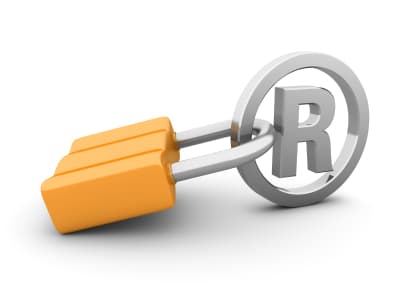
What is the Unified Patent Court?
You now have more options when obtaining protection for your invention in Europe, thanks to the imminent start of the Unified Patent Court (UPC) system and corresponding Unitary Patent (UP).
The European Union’s UPC system aims to make patent protection simpler and less expensive for patentees by providing uniform protection across all participating countries, potentially offering huge cost savings and reducing administrative burdens. The Unified Patent Court will offer a single, specialised patent jurisdiction and the corresponding Unitary Patent can provide a cost effective option for protecting your invention in European countries.
How does the Unitary Patent differ from the existing process?
The European patent application route remains unchanged and still includes the benefits of a single application, search, examination and grant process.
As has always been the case, the grant of a European patent has no direct effect in any of the designated countries – it merely creates the possibility to bring into existence a corresponding patent right in each of the designated countries. This means that you do not have to decide the particular European countries to cover until a European patent is actually granted. The process of obtaining the corresponding patent rights in those countries is known as “validation”.
The new Unitary Patent option occurs at the grant stage of the European patent. In effect, it allows a single “validation” to cover a group of countries collectively in a cost effective and procedurally simplified way.
What countries can you protect with a European Patent?
There are currently 39 members of the European Patent Organisation, as follows:
Albania, Austria, Belgium, Bulgaria, Switzerland, Cyprus, Czech Republic, Germany, Denmark, Estonia, Spain, Finland, France, United Kingdom, Greece, Croatia, Hungary, Ireland, Iceland, Italy, Liechtenstein, Lithuania, Luxembourg, Latvia, Monaco, North Macedonia, Malta, Montenegro, Netherlands, Norway, Poland, Portugal, Romania, Serbia, Sweden, Slovenia, Slovakia, San Marino and Turkey.
The 17 countries in bold are also UPC Member States; these countries could now be covered by a single Unitary Patent validation.
What options are now available at the grant stage?
Classic European Validations
Individual “classic” European validations are still available in all of the 39 countries mentioned above. Appropriate action must be completed at the chosen national Patent Offices in order to secure a national patent right. This may include filing translations of the specification into the appropriate national languages and appointing a local agent to act as an address for service in that country.
Unitary Patent Validation
As an alternative (for the relevant states) action can be taken (within 1 month of grant) at the EPO to obtain a Unitary Patent.
If patent protection in several UPC Member States is desired, then a Unitary Patent can be a highly cost-effective option. However, there are a number of potential disadvantages. For example, unlike “classic” European validations, it will not be possible to drop one or more countries which are covered by the Unitary Patent over time so as to reduce the burden of renewals.
Furthermore, the Unitary Patent fall within the exclusive jurisdiction of the Unified Patent Court, and therefore will be vulnerable to central revocation at the Unified Patent Court for the entirety of its lifetime. It also will not be possible to assign the Unitary Patent to different owners in respective different countries covered by the Unitary Patent – being a unitary right, the Unitary Patent can only be assigned as a whole.
Opting Out of the Unified Patent Court
As an alternative for the UPC Member States, action can instead be taken at the European Patent Office (EPO) to obtain a Unitary Patent. If patent protection in several UPC Member States is desired, then a Unitary Patent can be a highly cost-effective option.
However, there are a number of potential disadvantages. For example, unlike “classic” European validations, it will not be possible to drop one or more countries which are covered by the Unitary Patent over time so as to reduce the burden of renewals.
Furthermore, the Unitary Patent falls within the exclusive jurisdiction of the Unified Patent Court, and therefore will be vulnerable to central revocation at the Unified Patent Court for the entirety of its lifetime. It also will not be possible to assign the Unitary Patent to different owners in respective different countries covered by the Unitary Patent – being a unitary right, the Unitary Patent can only be assigned as a whole.
When will the UPC be in full force?
The UPC system is due to enter into force on 1st June 2023. However, for any European patent that completes the grant formalities between the 1st January 2023 and the UPC start date, it is possible to file an early request for a Unitary Patent and to delay the grant procedure until the point in time when Unitary Patents become available.
How can we help?
The decision whether or not to follow the Unitary Patent route following grant of your European patent will depend on a number of factors, which will vary from business to business. It may be that the Unitary Patent route is the right thing for you. Alternatively, you may not need patent protection in all the UPC states and classic validations in fewer countries may be more cost effective in the longer term.
If you require further information or specific advice relating to any of the above, please contact us.
Information about the UPC from the European Commission
EPO – Unitary Patent & Unified Patent Court
Gov.uk – The Unitary Patent and Unified Patent Court




